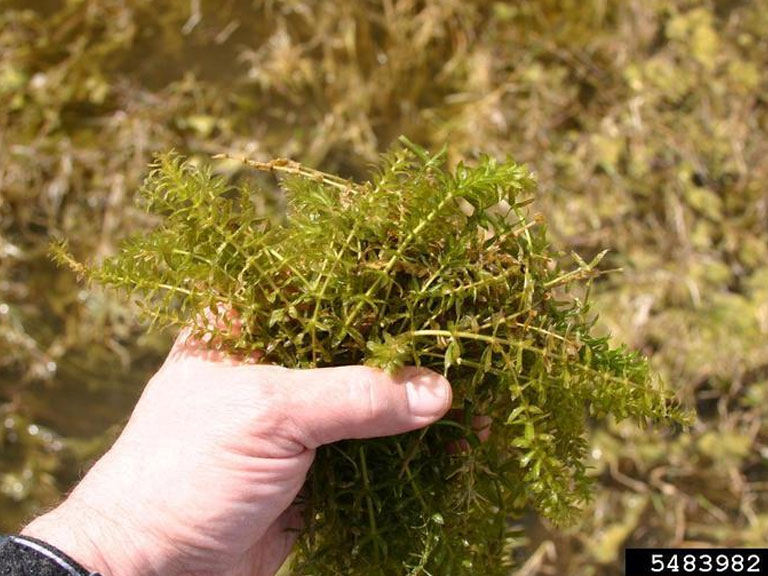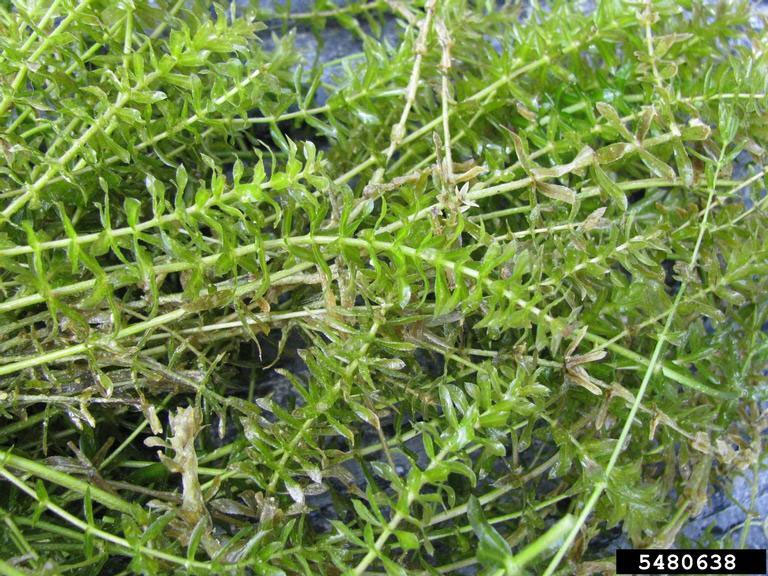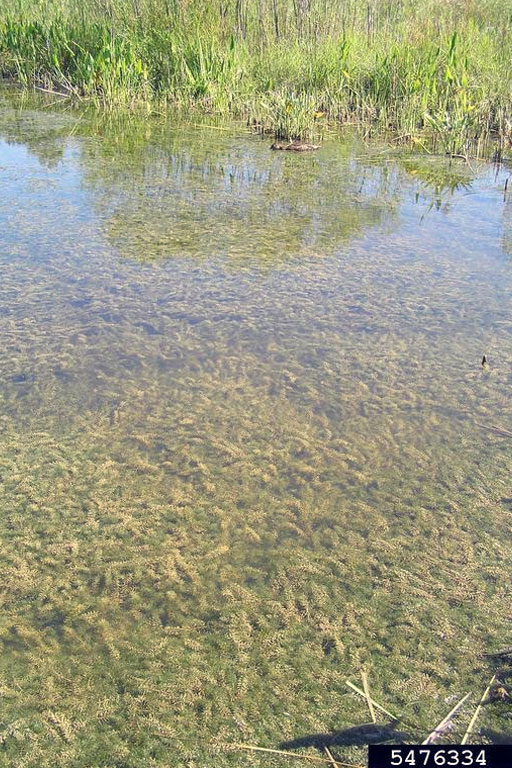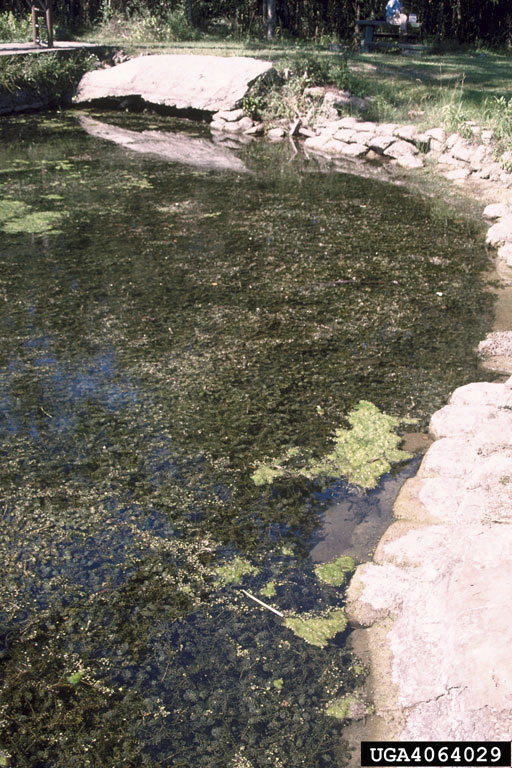Hydrilla is not currently found in Minnesota or Wisconsin, but it is considered on the march and is as close as Michigan. Hydrilla is considered “milfoil on steroids.” Hydrilla is a common and popular aquarium plant, and many infestations are thought to be people erroneously discarding the plant by simply throwing it out. The plant can reproduce from small broken sprigs and is somewhat herbicide resistant. It is the most serious aquatic invasive weed in Florida.
Hydrilla grows very densely such that boats can no longer access their docks and slips. It can grow 20-foot-long branches that multiply and form dense mats. Hydrilla is also a “bioremediation hyperaccumulator of mercury, cadmium, chromium and lead.” The U.S. Fish and Wildlife has deemed hydrilla as the “world’s worst invasive aquatic plant.”









